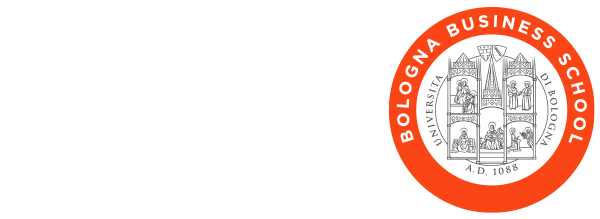Abstract
This case focuses on the adoption of Artificial Intelligence (AI) techniques to optimize and automate the production planning processes of Tecnoform Srl, an Italian manufacturing SME. The case starts around the end of 2019. It describes the challenges faced by the Plan and Planning Manager of Tecnoform to implement a supervised scheduler, called Superscheduler, proposed by Ammagamma, an Italian start-up developing AI-algorithms.
The development of an AI-based algorithm is not an easy task for any company and SMEs in particular. They need to account for its specificities to avoid overengineering and overinvesting. An intense preliminary phase of data collection and organization is a crucial, albeit often underestimated, step. Companies have to combine their existing IT infrastructures with new solutions. After all, their internal organization could be profoundly affected by the changes introduced by the new decision-making support systems.
The case offers an opportunity to analyze and discuss all these aspects in a setting where where the company’s activities and developed solutions are relatively straightforward. It allows the class to focus on the organizational elements while setting the more technical aspects aside, which might complicate managers’ considerations when implementing new digital solutions.
The case guides the reader through the different characteristics of the markets, products, organization, and processes of Tecnoform to understand the critical role of production efficiency. It then focuses on some initiatives carried out to improve the firm’s operations: namely, the 2010 introduction of a simple ERP called Nicim, which did not aim to improve the sequencing effectiveness of the production orders on the production lines. Nicim did not collect data on the machines’ setting time, raw material discarded, energy consumption, and additional specific requirements (e.g., machines’ stops for maintenance). The data in Nicim were only available for statistics requiring manual management and analysis. These gaps led to the Superscheduler solution, which could increase efficiency on the production floor by supporting the production planning department’s decisions and automating the production planning processes. The latter part of the case reports a description of what changed after implementing the Superscheduler, including the working routines of operators and the head of production planning.
The case ends with some questions regarding the doubts of the Plant and Planning Manager on several topics related to (i) how to deal with the complexity of implementing an AI-based project; (ii) how to understand if the technological solution is suitable for the organization; (iii) how to evaluate the investment.
Target for Teaching
- Organizational Behaviour
- Human Resource Management
- Technology and Innovation Management
- Digital Technologies Management
- Operations Management
Target audience and Issues
This case was developed around a Master/Executive audience
Teaching objectives
Instructors can choose among different teaching objectives when using this case in class, depending on the course’s characteristics. In any event, the three main learning opportunities for students are:
- To frame the managerial implications of the underlying elements characterizing AI approaches to understand their potentials and limits.
- To develop an understanding of what is needed within a company to implement AI-based projects, as well as the organizational implications of adopting AI tools.
- To be able to formulate a step-by-step approach for implementing and managing AI-based projects.
The case provides a foundation for examining the reasons for adopting a `
Superscheduler’: the needs of an SME; how it could add value to the business activity, and how it can change usual routines.
The instructor can use the case as part of a structured approach to introducing AI-based tools and their critical steps depending on the company’s characteristics.



